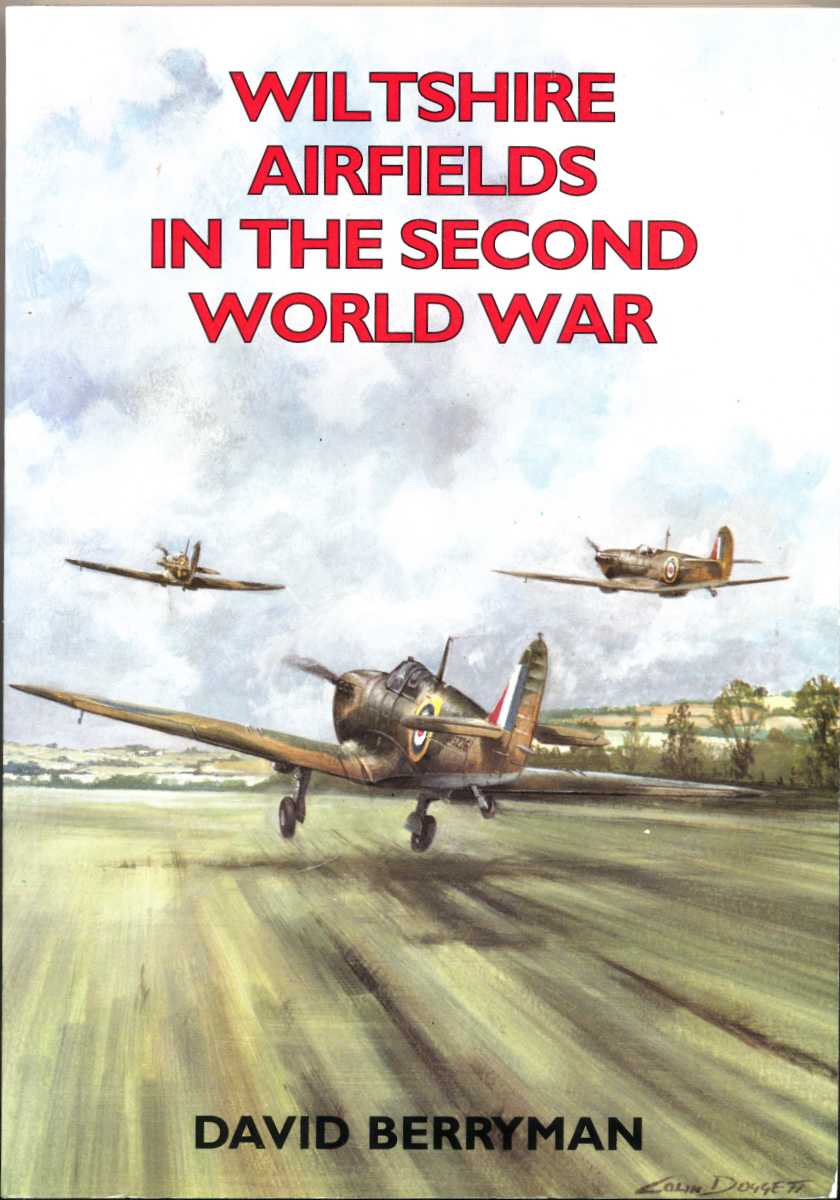Home / Shop
Wiltshire Airfields in the Second World War






- Description
By David Berryman
WILTSHIRE AIRFIELDS IN THE SECOND WORLD WAR Between 1939 and 1945, Wiltshire’s airfields were kept continuously active in a variety of roles vital to the national war effort. At the outbreak of the Second World War, Wiltshire’s main airfields were Larkhill, Upavon and Netheravon. Because of their distance from the main theatre of operations, they were initially used for training and support. Yatesbury, Castle Combe and Hullavington also housed training units while RAF squadrons, formed to provide reconnaissance and ground attack support for the Army, were based at Old Sarum. Lyneham, originally built as an aircraft storage unit, soon became home first to Ferry Command and then to Air Transport, a job it still does today. Later, in the war, new locations were found in Wiltshire for operational units, including Colerne, Zeals, Blakehill Farm and Keevil. The last two airfields also prepared and supplied paratroops and towing gliders for Operation Overlord (the invasion of mainland Europe). Among the county's most important contributions to the war effort were the self-contained units some of them garages, in the Salisbury and Trowbridge area which took on the manufacture of Spitfire parts after their main factory — Supermarine’s premises in Southampton — was badly damaged by enemy bombing in September 1940. The airfields at High Post and South Marston were used for assembly, testing and dispersal. This book describes the history of each airfield, highlights some of the major operations carried out from them and shows the overall effect on the daily lives of the local people. David Berryman’s thoroughly researched and action-packed book will appeal equally to aviation enthusiasts and to readers who recall the era when the skies over Wiltshire never ceased to throb with the drone of departing and returning aircraft.
